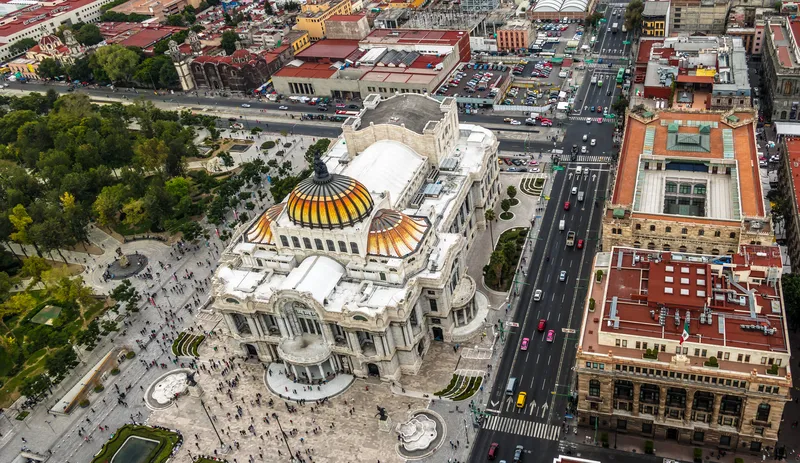December 1, 2022
We want to create a world in which people can travel safely and in which the ecological effects of road-related mobility are minimised. We aim to provide lasting protection against traffic-related deaths, injuries and damage. We aim to reduce as far as possible mobility’s carbon footprint and other harmful emissions. We are committed to developing modern, digital and smart solutions which help to achieve these aims.
Content produced in association with Jenoptik









